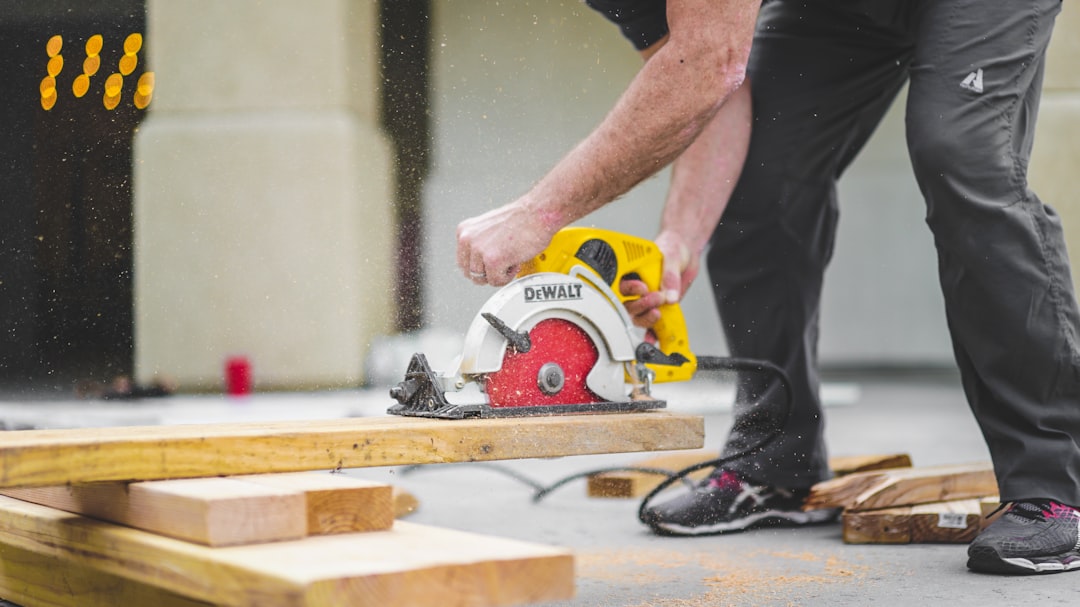
As a construction site owner or manager in Springfield, MA, you understand the importance of ensuring the safety and security of your site, equipment, and personnel. With the increasing frequency of theft, vandalism, and other security breaches, it’s crucial to implement effective measures to safeguard your construction site. In this article, we’ll explore the importance of construction site security, common security threats, and practical tips to help you protect your site.
1. Why Construction Site Security Matters
Construction sites are attractive targets for thieves and vandals due to the valuable equipment, materials, and potential for easy access. A single incident of theft or vandalism can result in significant financial losses, damage to your reputation, and even put your project timeline at risk. Moreover, a secure construction site ensures the well-being of your employees, subcontractors, and visitors, reducing the risk of accidents and injuries.
2. Common Security Threats
Construction sites face a range of security threats, including:
* Theft of equipment, tools, and materials
* Vandalism and damage to property
* Unauthorized access and trespassing
* Workplace violence and accidents
* Environmental hazards and pollution
To mitigate these risks, it’s essential to develop a comprehensive security plan that addresses each of these threats.
3. Security Measures for Construction Sites
Implementing effective security measures is crucial to protecting your construction site. Some key measures include:
* Fencing and barriers: Install sturdy fencing and barriers to restrict access to the site and prevent unauthorized entry.
* Access control: Implement a system to monitor and control access to the site, including gates, doors, and personnel.
* Lighting: Ensure adequate lighting throughout the site to deter criminal activity and improve visibility.
* Surveillance: Install CCTV cameras to monitor the site and detect potential security breaches.
* Signage: Post clear signs indicating the site’s security policies and warning of potential consequences for trespassing or unauthorized access.
* Patrols: Conduct regular patrols of the site to detect and respond to security incidents.
4. Employee Training and Awareness
Employee training and awareness are critical components of a successful construction site security plan. Ensure that all employees, subcontractors, and visitors understand the importance of security and their role in maintaining it. Provide regular training on security protocols, emergency procedures, and reporting incidents.
5. Incident Response Plan
Developing an incident response plan is essential to minimizing the impact of a security breach. The plan should outline procedures for responding to incidents, including:
* Reporting incidents to authorities and site management
* Securing the site and containing the incident
* Providing emergency services and medical assistance as needed
* Conducting a thorough investigation and review of the incident
6. Regular Site Inspections
Regular site inspections are crucial to identifying and addressing potential security vulnerabilities. Conduct regular inspections to:
* Check for damage or weaknesses in fencing, gates, and barriers
* Verify that access control systems are functioning properly
* Monitor lighting and surveillance systems
* Identify and address potential environmental hazards
7. Collaboration with Local Authorities
Collaboration with local authorities is essential to maintaining a secure construction site. Establish relationships with local law enforcement and emergency services to:
* Report incidents and receive assistance as needed
* Share intelligence and best practices
* Participate in joint training exercises and security initiatives
8. Continuous Improvement
Construction site security is an ongoing process that requires continuous improvement. Regularly review and update your security plan to:
* Address new security threats and vulnerabilities
* Implement new technologies and strategies
* Ensure compliance with changing regulations and standards
9. Conclusion
Protecting your construction site is a critical responsibility that requires a comprehensive and proactive approach. By understanding the importance of construction site security, identifying common security threats, and implementing effective security measures, you can minimize the risk of theft, vandalism, and other security breaches. Remember to prioritize employee training and awareness, develop an incident response plan, and collaborate with local authorities to ensure the safety and security of your construction site.
